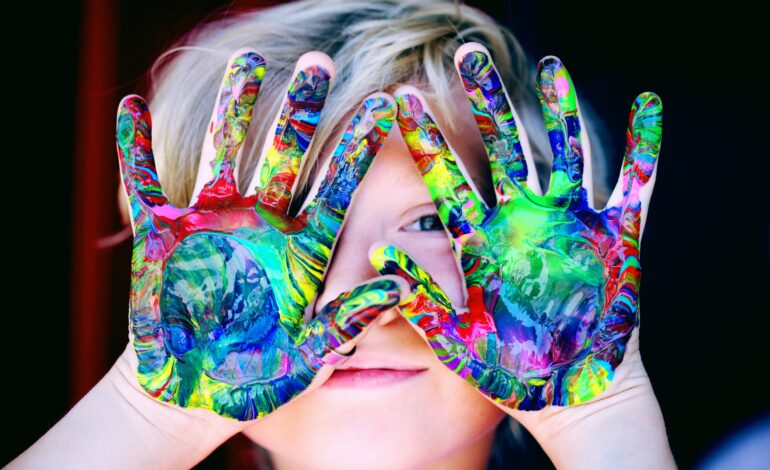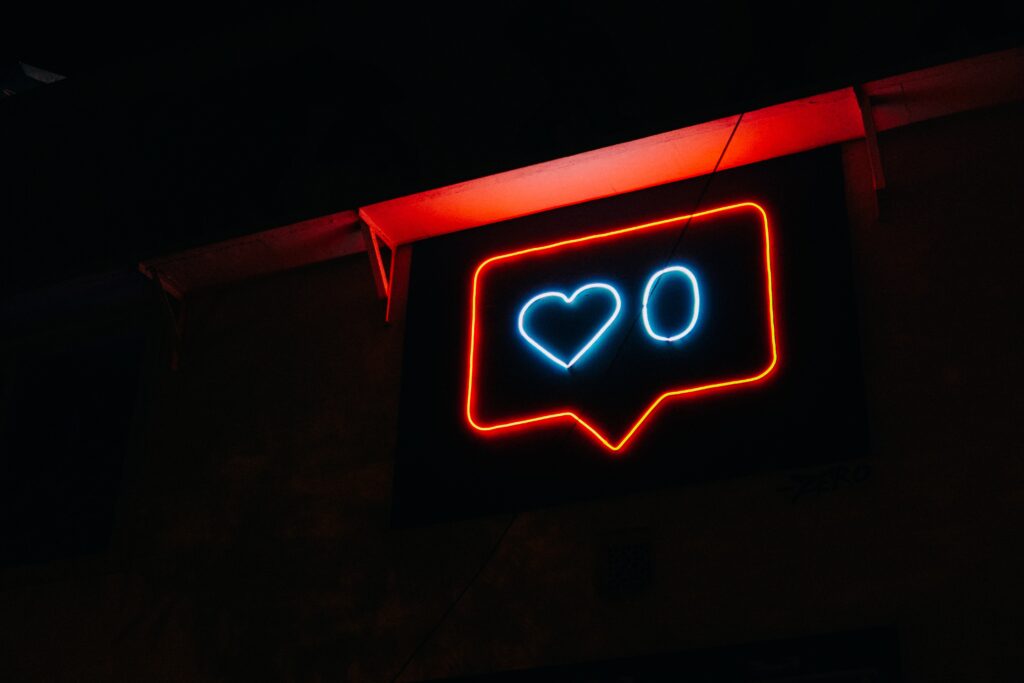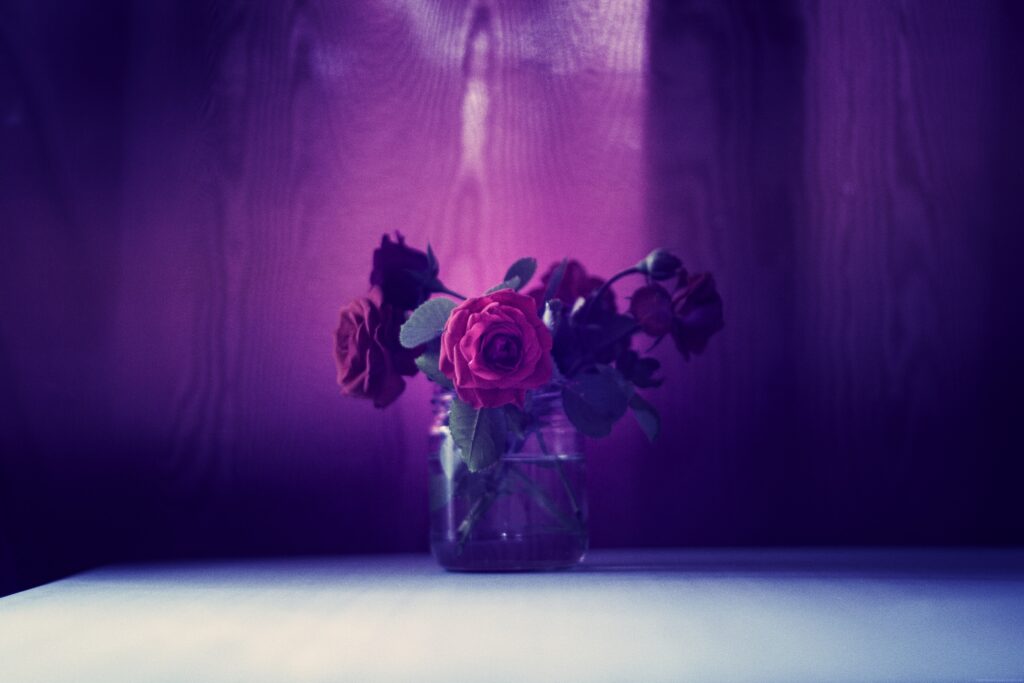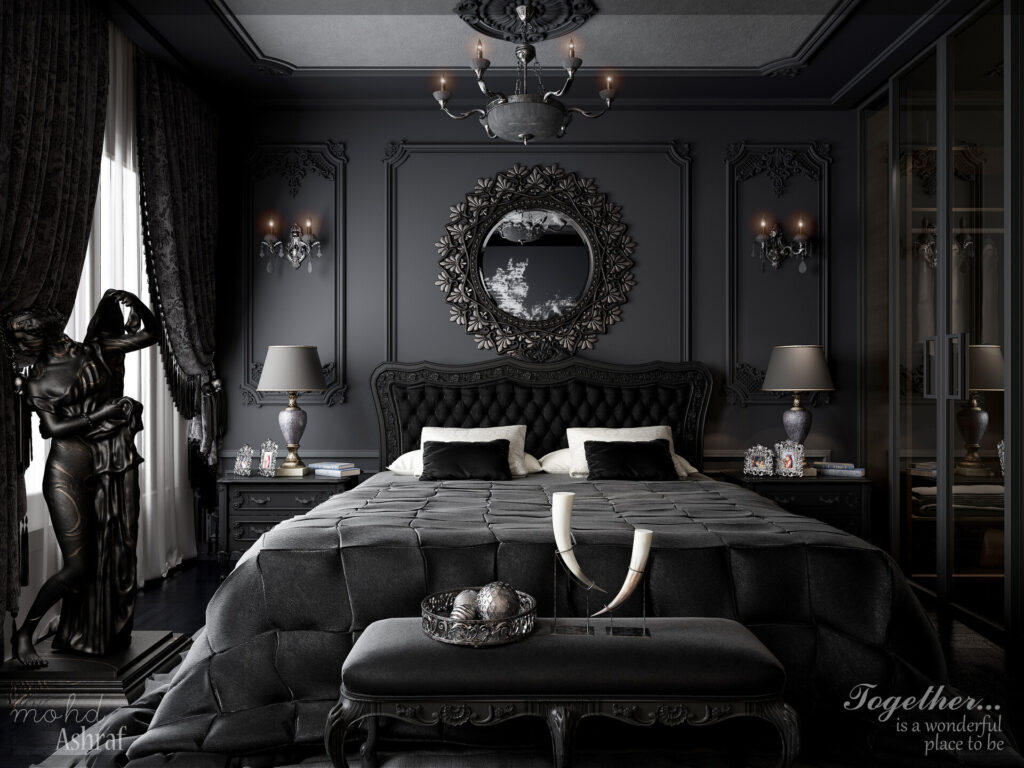
When we think about colors, most of us think about how they look. But did you know that colors can have a profound impact on our emotions and behavior? The impact of color on our perception is well-documented, with research showing that different colors elicit different psychological and physiological responses. It’s no surprise, then, that various shades have been used for centuries to influence moods, thoughts, and actions.
In this article, we’ll explore some of the ways that color can affect our mental state and behavior.
Color Red

Red is a color that’s often associated with strong emotions like passion, love, and excitement. It can also evoke feelings of urgency and energy. In some contexts, red can be linked to danger or warning signals. It has been found to increase heart rate. When you see red, it can make you feel more hungry because it stimulates your appetite. This is why a lot of restaurants use red in their decor—it makes people want to eat!
Red is also associated with danger because when we’re on alert for something dangerous, our bodies produce adrenaline in response, which causes our blood vessels to dilate and our heart rate to increase. This is why we might get sweaty palms or feel our heart racing in anticipation of something exciting or scary (like watching a horror movie).
In marketing, red is often used to draw attention to products and services. Studies have shown that people are more likely to respond positively when they see red on a website or in an advertisement.
Blue
We all want to feel relaxed, don’t we? Blue is a color that can help you achieve that. Blue is commonly associated with calmness, serenity and tranquility. Blue can promote feelings of relaxation and reduce stress. Blue is often used in corporate settings for its perceived professionalism and trustworthiness.
A study conducted by Harvard Medical School found that babies who wore blue clothing were more likely to sleep longer than babies wearing other colors. This is because blue has been shown to reduce blood pressure and heart rate, which can help you sleep better at night!
Green
When you think of green, what do you see? A beautiful forest with trees and grass? A lush garden full of flowers? Maybe a field of green grass on a sunny day?
It’s no surprise that green is one of the most popular colors in the world. Green is linked to nature, growth, and renewal. It’s often associated with feelings of harmony, balance, and health. Green can have a calming effect and is often used to create a sense of relaxation and well-being.
Green has also been shown to help people focus better and become more productive in the workplace—which makes it a great color for your office walls!
Yellow
Yellow is a bright, happy color that can make you feel like everything is OK. It’s associated with optimism and positivity, so it’s a great choice for rooms where you want to feel energetic and optimistic. Yellow can also evoke feelings of warmth, which makes it a good choice for cold-weather rooms.
However, some people find yellow irritating or anxiety-inducing. If you’re one of those people, make sure not to use too much yellow in your room!
Orange
Orange is a vibrant color that combines the energy of red and the positivity of yellow. It’s often associated with enthusiasm, creativity, and motivation. It can be attention-grabbing and stimulate social interaction. Orange is an inviting color that draws people in by making them feel comfortable and safe. It’s a great color to use if you’re trying to sell something because it has a persuasive effect on consumers—they’re more likely to buy something if it’s orange!
If you’re looking for a fun, creative way to spice up your home or office space, try painting one wall orange! This will add a pop of color that will make your space more inviting.
Purple

Purple is a color that represents luxury, royalty and spirituality. It can also convey a sense of mystery, sophistication and creativity. Lighter shades of purple may evoke feelings of romance and nostalgia.
Purple has been a popular color choice in fashion for hundreds of years. In fact, during the Renaissance period it was considered to be one of the most luxurious fabrics available!
The most commonly used shade of purple today is violet which has a deep hue and is most often associated with royalty, spirituality and creativity. Other shades include lilac which has a lighter hue with more pastel tones; fuchsia which has more vibrant tones; orchid which has a warm tone; eggplant which has an earthy tone; amethyst which has an opal-like sheen; and plum which has an earthy tone as well as a berry hue.
Pink
Pink is a color that evokes a lot of different feelings and associations, depending on the shade. It’s often associated with femininity, tenderness, and sweetness. Lighter shades of pink can have a calming effect and evoke feelings of nurturing and compassion.
If you’re looking for a way to bring more fun into your life, try painting your walls a rich hue of pink. This color can help you feel happier and more playful, which will make it easier for you to get through the day!
Black
Black is the color of power, elegance and formality. In some cultures it is also considered to be the color of mystery and sophistication. However, in many contexts, black is also associated with sadness or negativity.

In Western cultures, black is traditionally associated with mourning and sadness. In the Western world today, however, black is often worn by people who want to appear mysterious or intimidating. It can also be used to create an impression of elegance or sophistication.
Black has always been a popular color for fashion designers because it provides a great backdrop for mixing other colors together without clashing. Many famous designers have used this technique to create unique outfits that attract attention from their customers.
White
White is often associated with purity, cleanliness, and simplicity. It can evoke feelings of calmness and neutrality. In some cultures, white is also linked to mourning in some cultures such as India and China.
In Western culture, white is associated with innocence and virginity. It can also be used as a symbol of peace and hope. White is an important color in many religions because it represents the light of God or enlightenment.
In China, white has been considered the color of death since ancient times. When someone dies, their family members wear white clothes to show that they are not in mourning for them; if a person died during their wedding ceremony or before their wedding could take place, their family members wear white for forty days after their death so that no one else will marry them until those forty days are over.
We all have a favorite color, and it’s important to understand that your favorite color is not just a preference. The color you prefer can influence your state of mind. This can be helpful when it comes to designing an experience or setting a mood for your audience.
When you think about your favorite color, what do you see? Do you see happy memories, relaxing scenery or vibrant emotions?
I have always been fascinated by the power of colors and how they affect me personally. I tend to gravitate toward warm colors like reds, yellows, oranges and browns because they make me feel happy and relaxed. On the other hand, cool colors like blues and greens are calming while purple reminds me of royalty which makes me feel like an empowered woman when I wear it!
RUCHI RATHOR Founder & CEO
Payomatix Technologies Pvt. Ltd.
FOUNDER AND INVESTOR | PAYMENTS PROCESSING EXPERT | MERCHANT ACCOUNT SOLUTIONS | WHITE LABELLED PAYMENT GATEWAY | Dreamer, Creator, Achiever, Constantly Evolving
Website Ruchi Rathor: https://ruchirathor.com
Website Healing Heart https://thehealingheart.me/
Instagram https://www.instagram.com/ruchirathor/
LinkedIn https://www.linkedin.com/in/ruchirathor12/
Facebook https://www.facebook.com/ruchi.rathor.magnificient
Tumblr https://www.tumblr.com/blog/ruchirathor-thehealingheart
Medium https://medium.com/@ruchirathor_23436









